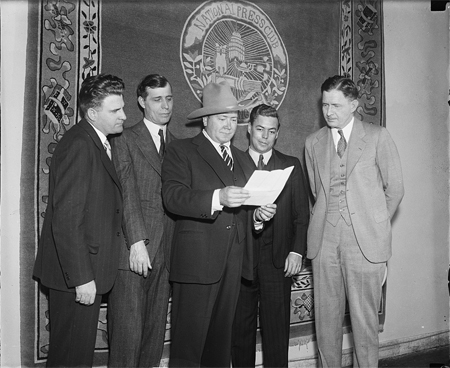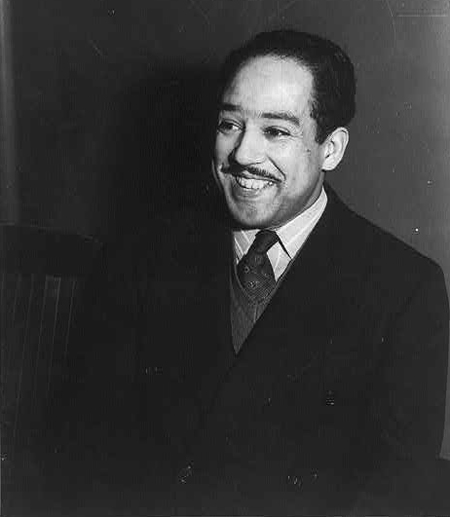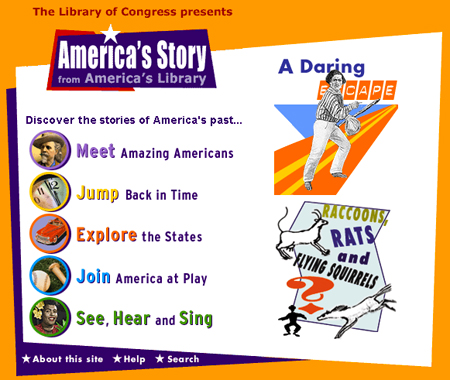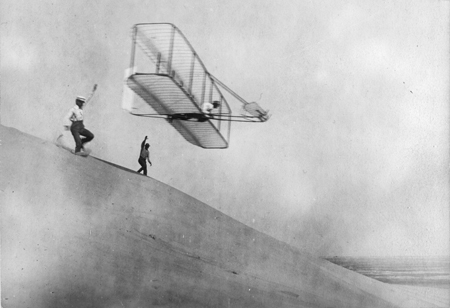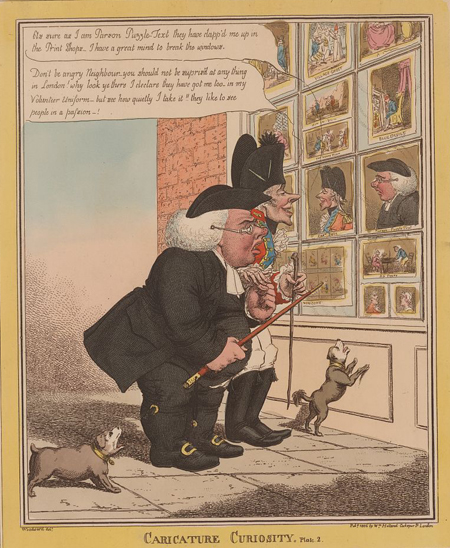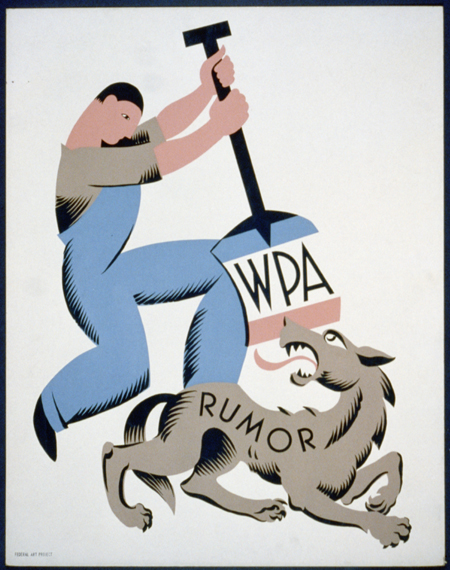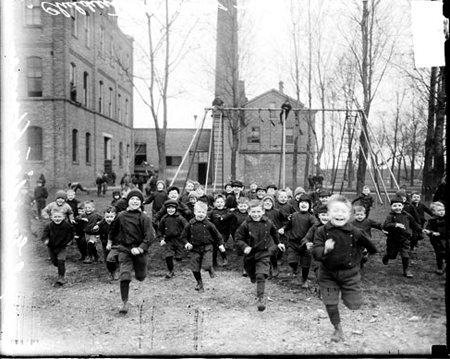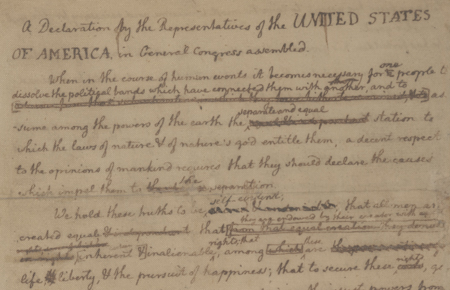Collections Spotlight: National Press Club Luncheon Speeches 1954-1989
The National Press Club, with more than a century of history behind it, is known for its luncheon gatherings that have featured U.S. presidents, visiting world leaders, and other prominent persons to address the media members and answer questions about current affairs. Now, with the collection Food for Thought: Presidents, Prime Ministers, and Other National Press Club Luncheon Speakers,…

